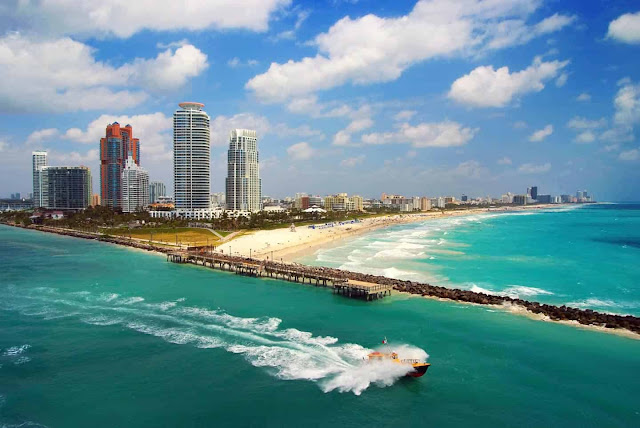Things To Know About Miami Florida
Miami, by tradition, is an international business and financial center, with many young high-tech professionals from Latin America moving into its apartments and condos in large numbers. The city has an international airport, about fifty five miles from downtown Miami, and is one of the main entry points to the US for many foreigners from the rest of the world. While Miami is predominantly a Spanish speaking country (about 93 percent of the population is of Spanish ancestry), there are many minorities, including African, Australian, British and Canadian. The city has a small, but growing Italian speaking population.
While this core city, although growing, still has much to offer those who are not from the south of Mexico. It can also be a bit boring as a tourist due to its central location. There are a lot of very nice hotels and vacation rentals in the western part of the city but the central area, especially near downtown Miami, is a lot more popular and is also where the majority of the locals live.
There are also two main areas of the city:
* The Overtown / South Beach area is the trendy, lively and urban part of the city. It has many new restaurants and bars.
* The Little Havana / Little Havana neighborhood, also known as the Cuban Neighborhood, is the historic, bustling and multicultural part of the city. It is divided into sections (called sections de Cuba) by the ocean. The area is also known as the Spanish district due to the Latin American immigrants who also settled there. The Spanish also founded the first Spanish mission, called a citadel, to serve their God, the Catholic and Venezuelan immigrants.
* Another Miami: the Biscayne Bay - North Shore area which is the more residential and touristy part of the city. The North Shore is where the locals go if they want to go out on the town.
The area around downtown Miami is also called the "Little Havana" due to the Cuban immigrants who settled there and the Spanish who founded the first Spanish mission, called a citadel, to serve their God the Catholic and Venezuelan immigrants.
The area around Overtown is the "West Miami" due to the Spanish influence there. This is where the "cocaine cows" are often seen roaming around. In the winter time the area gets covered in snow due to the heavy snowfall. It is a popular place for tourists because of the many upscale hotels and vacation rentals.
The area around Little Havana is also called "Little Havana" due to the Latin American immigrants who settled there and the Spanish who founded the first Spanish mission, called a citadel, to serve their God the Catholic and Venezuelan immigrants.
The "Cuban neighborhood" is the more historic and the multicultural part of the city. There are many upscale hotels and vacation rentals in this area.
These areas are also known for their beaches where you can spend your entire vacation relaxing from the stress of the city life.
There are also many other neighborhoods in the city of Miami, called "Little Havana, Little Havana West, Little Havana North, Little Havana SE, and Little Havana SW. These neighborhoods are not as well known and not as developed as the other neighborhoods. Many of the homes are also made of stone and stone tiles.
Read more:
- coastal metropolis
- popular vacation spots
- downtown areas
- storm damage
- historic neighborhood
- fire damage
- tropical monsoon climate
- initial claim
- 44th most populous city in the US
- Hispanic population
- population density
- owner-occupied housing
- damage or loss

A public adjuster might certainly not bill a cost unless a created arrangement was actually implemented just before the settlement of an insurance claim. https://www.publicadjustermiamidade.com/
ReplyDelete